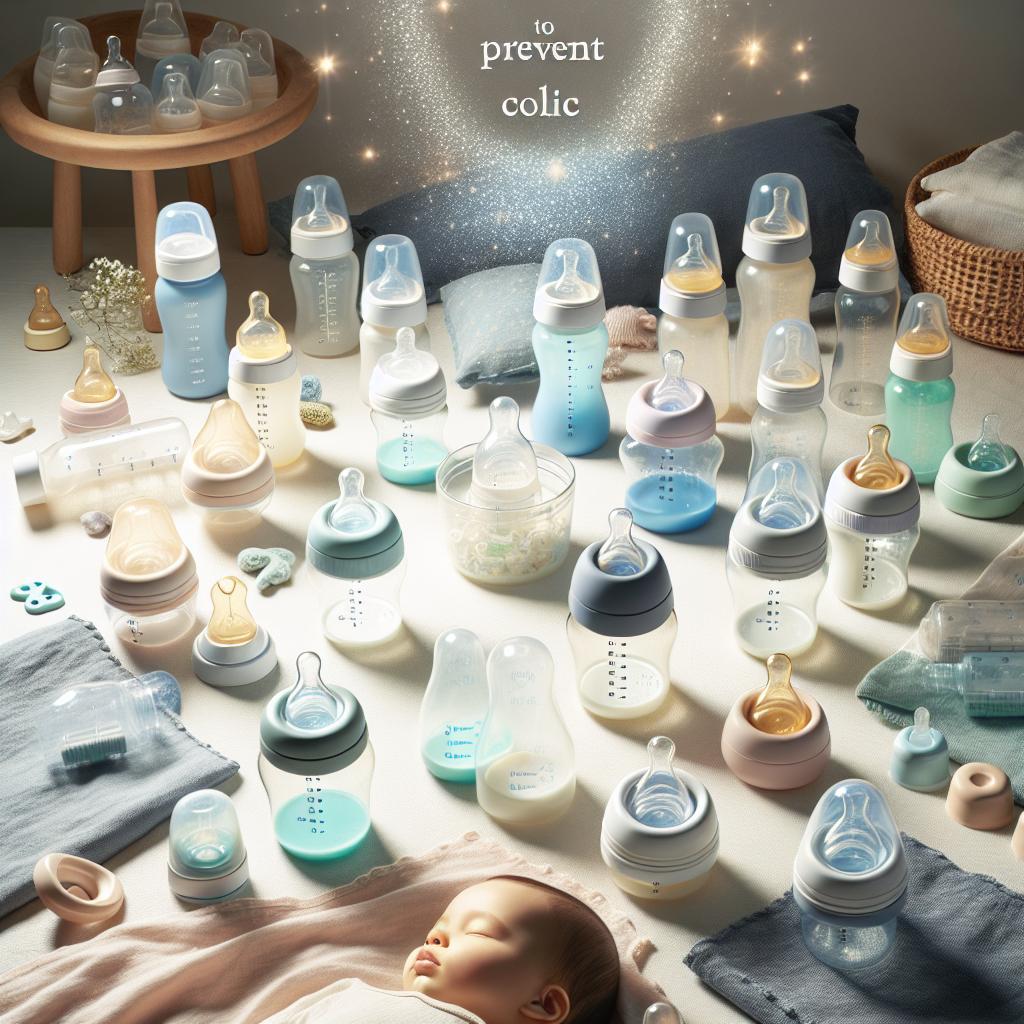Taking the First Step Towards Bottle Acceptance
Transitioning your baby from breastfeeding to bottle feeding can be a challenging process for both you and your little one. It’s not always easy encouraging them to accept this new feeding method. But don’t worry – it’s entirely possible to navigate this journey smoothly. Here are some valuable tips to start helping your baby get comfortable with bottle feeding.
Introducing The Bottle
The first few attempts at getting a baby to take a bottle can be tricky. It’s a natural process and patience is key. If your baby rejects the bottle at first, don’t worry. This is a new experience for them too and they just need some time to adjust.
– Start with small amounts: The initial transition should be gradual. You might consider starting with smaller amounts of milk in the bottle, about an ounce or two. This helps your baby get used to the new feeding system without feeling overwhelmed.
– Create a similar environment: One of the biggest challenges when switching from breast to bottle may be the unfamiliarity. Try to replicate the breastfeeding environment as much as possible. Use the same quiet room, cozy blanket and hold your baby in the same position to make them feel comfortable and secure.
– Use a breastfeeding-friendly bottle: Not all bottles are equal. It’s crucial to choose a bottle that mimics the breastfeeding experience as closely as possible.
Taking Advantage of Hunger
Relying purely on your baby’s hunger might seem like a good strategy to encourage bottle acceptance. However, do remember that a very hungry baby can become frustrated and impatient.
– Time it right: Try introducing the bottle when your baby is hungry but not overly so. They should be calm and alert, willing to experiment with the new feeding method.
– Mix breast milk and formula: For mommies wishing to transition to formula, mixing breast milk and formula together in the same bottle can be a great way to help the baby adjust to the taste. Start with a higher proportion of breast milk to formula and gradually adjust until it’s pure formula.
Let Others Lead The Bottle Feeding
Interestingly, babies can often detect their mother’s smell and may reject the bottle if offered by her, expecting breastfeeding instead.
– Experiment with Other Feeders: Consider allowing another family member or your partner to introduce the bottle. This could help your baby associate the bottle with feeding time, regardless of who’s holding it.
– Be Patient and Consistent: Consistency is crucial in getting baby to take the bottle. It might take some time before your baby fully accepts the bottle.
Final Thoughts
Starting the process of transitioning your baby to the bottle can feel daunting, but with the right strategies, it can become a stress-free experience. Keep in mind that every baby is unique, and what works for one might not work for another. But by using these tips, you’re now equipped to start the journey towards successful bottle acceptance.
Remember, patience and persistence are key. Don’t rush the process and most importantly, don’t be hard on yourself. This is an important phase not only for your baby’s feeding journey but also for their ability to adapt to new things.
Choosing the Right Bottle
Another aspect to consider when introducing bottle feeding is the type of bottle you use. Babies can have preferences and may be more willing to accept a bottle that is more similar to mom’s breast.
– Look for bottles with slow-flow nipples: These nipples are designed to mimic the slow flow of breast milk, which can help your baby adapt to the change.
– Choose a bottle with a wide base and soft nipple: Bottles designed like this resemble more closely the breastfeeding experience, which can make the transition easier.
– Try different bottles: Some babies might prefer one type of bottle over others. Don’t be afraid to experiment and see what works best for your baby.
Implement Bottle Feeding Gradually
Abrupt change can be overwhelming for a baby. Gradually introducing bottle feeding can help your baby get used to this new feeding technique slowly but surely.
– Start by replacing one feeding session: Initially replacing one breastfeeding session with a bottle can be less stressful for your baby. You can increase the number of bottle-feeding sessions as your baby gets more comfortable.
– Introduce the bottle during a mid-day feeding: Often, babies are more ready to accept new things during the middle part of the day. Introducing the bottle during this time might increase the chances of acceptance.
Trial With Temperature
Being mindful of the milk temperature can also influence the acceptance of bottle feeding.
– Offer a warm bottle: Just as breast milk is warm, so should the milk in the bottle. This familiar warmth can be comforting for the baby during the transition.
– Test the temperature: Always remember to test the milk temperature on your wrist before giving it to your baby to ensure it’s not too hot.
Exit Strategy
As with any new milestone in your baby’s life, there might be setbacks. Here are some strategies to handle these difficulties:
– Anticipate bottle refusal: Your baby may refuse the bottle initially or after a few successful attempts. Don’t get discouraged; this is common and usually temporary.
– Arm yourself with patience: Remember, this is a process. Keep trying and be patient. A successful transition might take time.
– Don’t force it: Forced bottle-feeding won’t help your baby take to the bottle any faster. If your baby seems upset or uninterested, take a break and try again later.
Community Help and Insights
Challenges in transitioning from breastfeeding to bottle-feeding are very common. You are not alone in this journey.
– Reach out for support: A caring support community, such as forums of other parents, can be of great help and provide you with tips and tricks.
– Consult with professionals: In case you feel overwhelmed or unsure, don’t hesitate to consult with your pediatrician or a lactation consultant. They can provide you with additional guidance and resources.
End Note
No matter the hurdles, stay hopeful and remember that the transition to bottle-feeding is a phase that will eventually pass. This is a growing phase of independence for the baby and a major milestone in their life. The dear bond that you and your baby have will continue to grow and deepen through this transition. You are doing a great job, mom!







